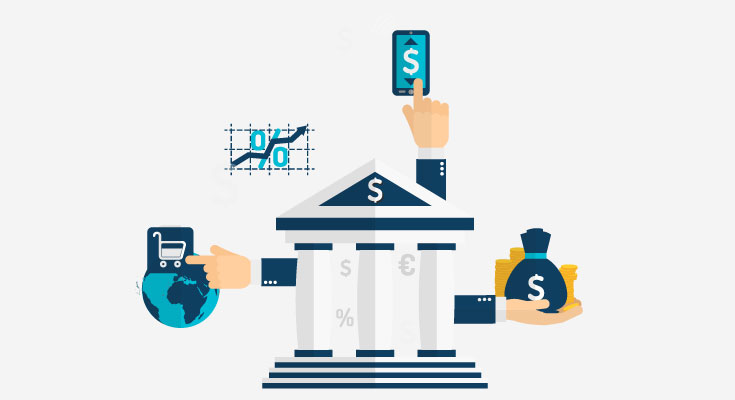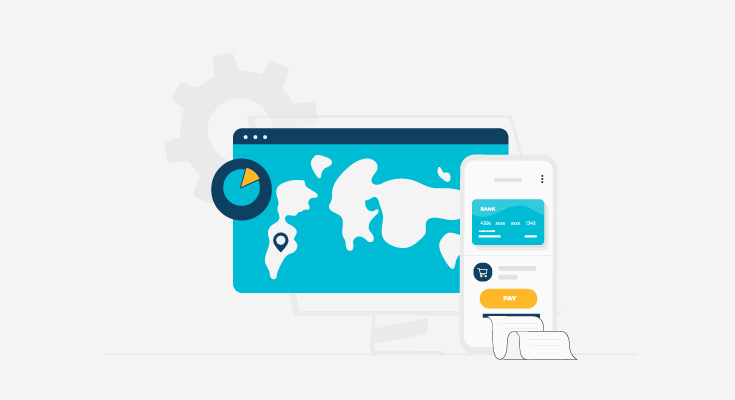While the open banking APIs are being used commonly in the EU, the APIs in Europe still have a long way to go. There are some fragmentation-related challenges that have to be overcome and several challenges around stability and availability. Open Banking payments still have to reach a tipping point, what is required now is regulatory and industry pressure to overcome these challenges in open banking.
A Fragmented Europe
On the issue of SEPA instant adoption, not all banks in Europe support that and support is even inconsistent within the banking groups. For example, between 2-3 regional branches of tier 1 banks in France don’t support SEPA instant.
This lack of harmony in the bank processes comes from the fact that it wasn’t taken care of in the PSD2. As a result, Europe has a highly fragmented market with different technological standards of APIs and on top of that, we are ignoring the fragmentation of the transaction processing.
The utilization of SEPA can easily provide an answer to these questions as the payment happens in real-time which eliminates the problem of cut-off times, and the fact it is also instant means predictable statuses and transaction outcomes. These are the major reasons why the European Banking Authority and NCA should focus on SEPA instant adoption.
As there is not a single pan-European Open Banking API supporting payments, industry initiatives have resulted in API standards for accessing bank accounts.
However, in terms of variation across banks, there are fewer frameworks. Some banks have also taken and decided to implement their own payment standards. Given the complexities and broken system of Open Banking APIs in Europe, having the right solution to help you overcome fragmentation in the market is vital to delivering value back to your organization.
While SEPA is part of the solution, customers have to pay a certain charge for these transactions, which could prevent users from adopting it more widely. This is why there need to be other standard solutions for Open Banking.
Unlocking Data Access Across Industries
As the open banking landscape is slowly shifting towards open finance, embedded finance is often highlighted as the ultimate application of open banking technology. An ideal example of how FinTech journeys can boost customer experience.
Convenience is the key to creating superior user experiences, that’s why embedded finance is highly anticipated. It’s this kind of “under-the-hood” thinking that we believe will become the future of finance. But before we can try to perfect embedded finance and prepare for open data economies, we have to level the playing field by providing access to data.
The Future of Open Banking
Overall, Open Banking APIs offer stability and are improving at a significant rate. The UK has achieved a significant amount of success in embracing Open Banking, and Europe is right on track. But there’s still a long way to go for banks in Europe to embrace Open Banking APIs. If they take the right measures, it can be great for the future of open banking.
Notifications of planned and unplanned downtime are inconsistent, and banks often go offline for hours or even days without notice. The primary question is what banks can do to enhance the industry? It is high time that regulators step in and build regulations. These regulations can lead to better customer-business relationships and reduce the flow of fraud. Some of the basic measures include bank account verification, proof of address verification, and KYC. Admittedly, there’s no real solution here, but the only solution is that regulators need to put their minds together and focus on their projects.






